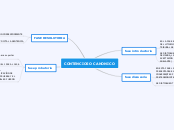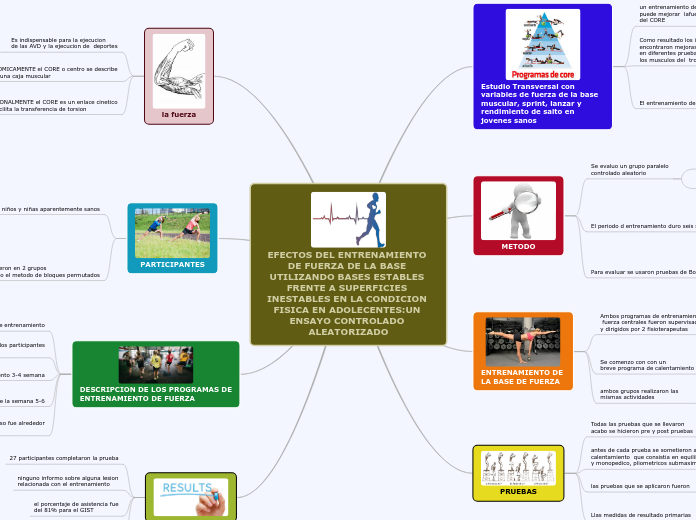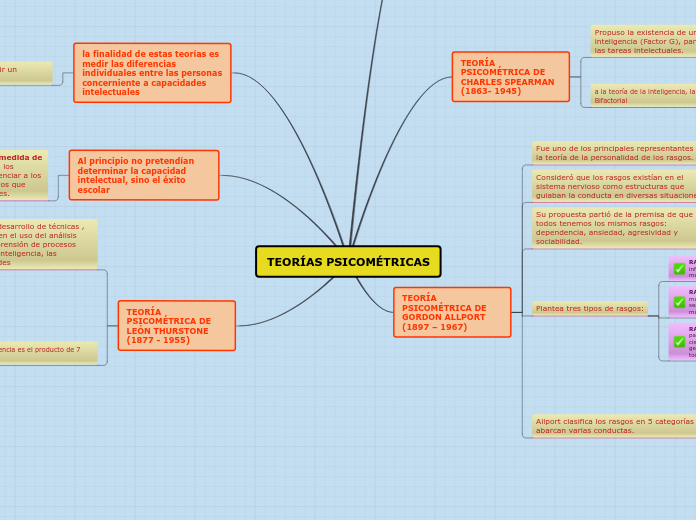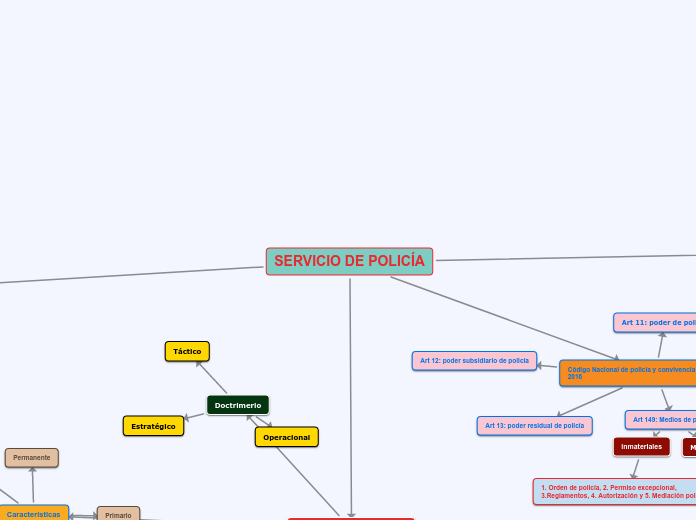a Yulialber Perez 6 éve
208
contencioso cnonico
El contencioso canónico se estructura en varias fases esenciales que guían el proceso judicial dentro de la Iglesia. La fase introductoria comprende la presentación, contestación y aceptación de la demanda, estableciendo los términos del litigio y las partes involucradas.









